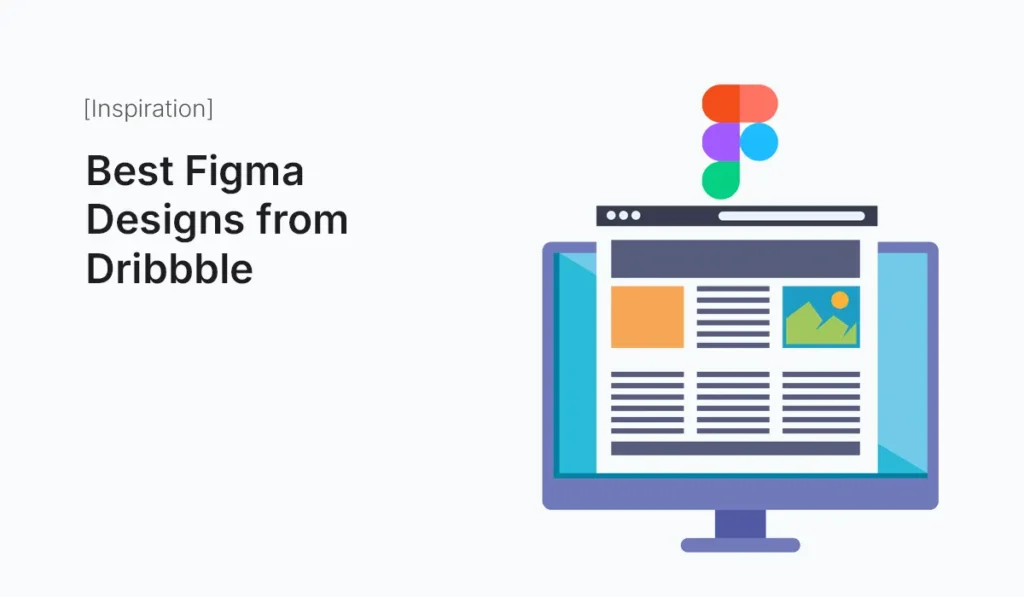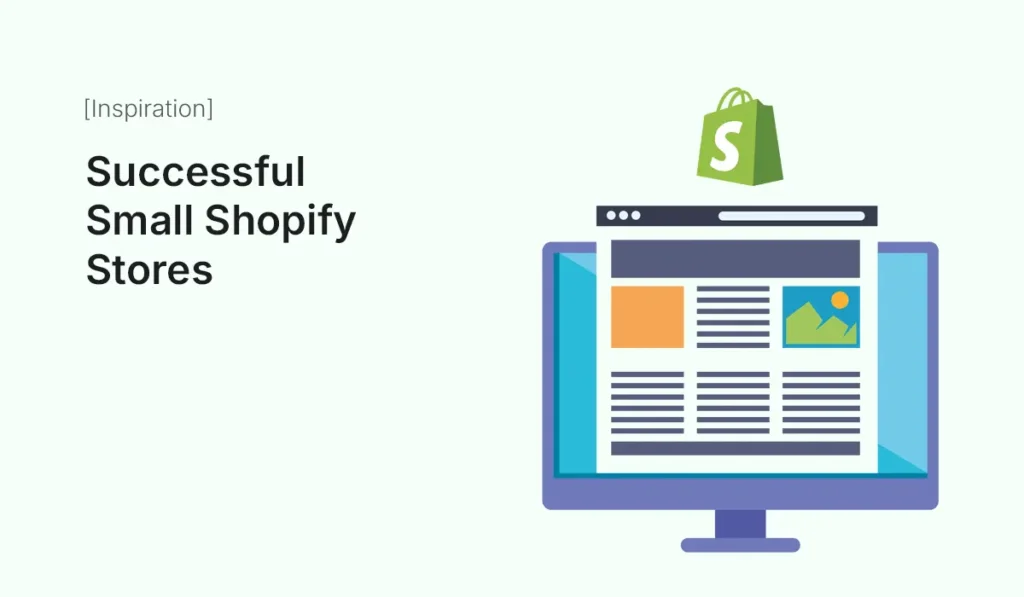Best Figma Designs from Dribbble

Introduction Dribbble has long been a playground for creative designers to showcase their work, inspire others, and connect with clients. In 2025, it’s still one of the best places to explore cutting-edge UI/UX trends. Among the thousands of posts, one trend stands out clearly—Figma dominates as the design tool of choice. Designers across the globe use Figma not only because of its collaboration features but also for the clean, professional, and scalable results it delivers. Dribbble has become a showcase of stunning Figma designs, from sleek mobile apps and creative websites to futuristic dashboards and experimental concepts. In this article, we’ll highlight the best Figma designs from Dribbble, analyze why they stand out, and explore what beginners and professionals alike can learn from them. Why Dribbble + Figma is the Perfect Combo Website & Landing Page Designs Dribbble is filled with marketing website concepts created in Figma. These designs often experiment with bold typography, creative layouts, and trendy color palettes. Why It Works: Websites created in Figma are easily scalable, responsive, and exportable for developers. Dashboard & SaaS Designs Dashboards are a Dribbble favorite—and for good reason. With Figma’s component system and variants, dashboards can be built modularly and consistently. Why It Works: These designs showcase how Figma excels at managing complex UI structures. E-commerce UI Designs E-commerce designs on Dribbble often include product pages, checkout flows, and shopping carts, and many of them are created in Figma. Why It Works: Figma makes it easy to create component-based systems for repeating elements like product cards. Experimental & Creative Concepts Not every Dribbble post is client work—many designers use Figma for creative experiments. Why It Works: These push design boundaries and inspire trends for the future. UI Kits & Templates Many Dribbble designers share free or premium UI kits built in Figma. Why It Works: Kits save beginners time and give professionals a head start on projects. Branding & Style Guides Figma isn’t just for UI—it’s also a hub for brand identity systems. On Dribbble, you’ll find Figma-based brand guidelines, logo explorations, and typography systems. Why It Works: Figma’s styles and components keep branding consistent across projects. Lessons Designers Can Learn from Dribbble’s Figma Designs Where to Find the Best Figma Designs on Dribbble Tips for Beginners Who Want to Create Dribbble-Worthy Figma Designs Common Mistakes to Avoid Conclusion Dribbble continues to be an endless source of inspiration for designers, and in 2025, Figma is the common thread uniting the best UI/UX creations. From sleek mobile apps and SaaS dashboards to bold landing pages and experimental concepts, the designs coming out of Figma demonstrate creativity, usability, and innovation. For beginners, browsing Dribbble isn’t just about admiring—it’s about learning. By downloading shared Figma files, studying layouts, and experimenting with trends, you can quickly sharpen your design skills and produce portfolio-ready work. Get inspired by the Best Figma Designs from Dribbble—explore, learn, and start building your own portfolio-worthy designs today!
Successful Small Shopify Stores

Introduction Starting an online business can feel overwhelming, especially if you’re new to eCommerce. You might be wondering: Is Shopify really a good platform for small businesses? The answer is yes. Shopify powers over 5 million stores worldwide, and many of them are run by small business owners who started from scratch and grew into profitable brands. In this guide, we’ll showcase successful small Shopify stores that turned simple ideas into thriving businesses. These real-life examples will give you practical insights, inspiration, and confidence to build your own store. Why Shopify is Great for Small Businesses Before we dive into examples, let’s quickly understand why Shopify is so popular among small business owners: For small businesses, Shopify takes away the technical hassle so you can focus on what matters — your products and customers. Successful Small Shopify Stores to Inspire You Here are some real-life Shopify store examples that started small and made it big. Beardbrand – From YouTube Channel to Global Brand Lesson for Beginners: You can start with content (blogs, videos, or social media) and grow into eCommerce using Shopify. Gymshark – Started in a Garage Lesson for Beginners: Even global companies can start small. Focus on your target audience and scale with Shopify. SkinnyMe Tea – Turning a Simple Idea into Millions Lesson for Beginners: Small budgets are not a barrier if you use the right marketing strategies. Bluebella – A Small Startup to Fashion Leader Lesson for Beginners: Presentation matters — a beautiful Shopify theme can help you stand out. Huel – A Nutrition Store That Started Small Lesson for Beginners: You don’t need 100 products to succeed. Start with one great product. Luxy Hair – From YouTube to Shopify Store Lesson for Beginners: Build an audience first — then sell products. UgMonk – Turning Passion into a Business Lesson for Beginners: Passion projects can evolve into profitable stores on Shopify. Common Patterns Among Successful Small Shopify Stores After looking at these examples, here’s what all successful stores had in common: Tips to Build Your Own Successful Shopify Store If you’re inspired by these stories, here’s how you can apply the lessons: Start Small Don’t wait until you have dozens of products. Launch with one or two strong products. Choose the Right Theme Pick a Shopify theme that matches your niche and is mobile-friendly. Use Social Media Marketing Instagram, TikTok, and YouTube are powerful tools for small businesses. Focus on Branding Make your store look professional with a clear logo, brand colors, and product photography. Leverage Shopify Apps Use free apps for reviews, abandoned cart recovery, and email marketing to boost sales. Offer Great Customer Service Small businesses win with personal touch — fast responses and care build loyalty. Can You Be the Next Shopify Success Story? Absolutely. All the big names mentioned started with small budgets and big dreams. Shopify gives you the tools — you just need to take the first step. Conclusion The beauty of Shopify is that it levels the playing field for small businesses. You don’t need to be a coding expert or have huge investment capital to succeed. The examples of Beardbrand, Gymshark, Luxy Hair, SkinnyMe Tea, and others prove that small Shopify stores can grow into thriving global brands. Get inspired by these successful small Shopify stores and start building your own online store today — your success story could be next!
